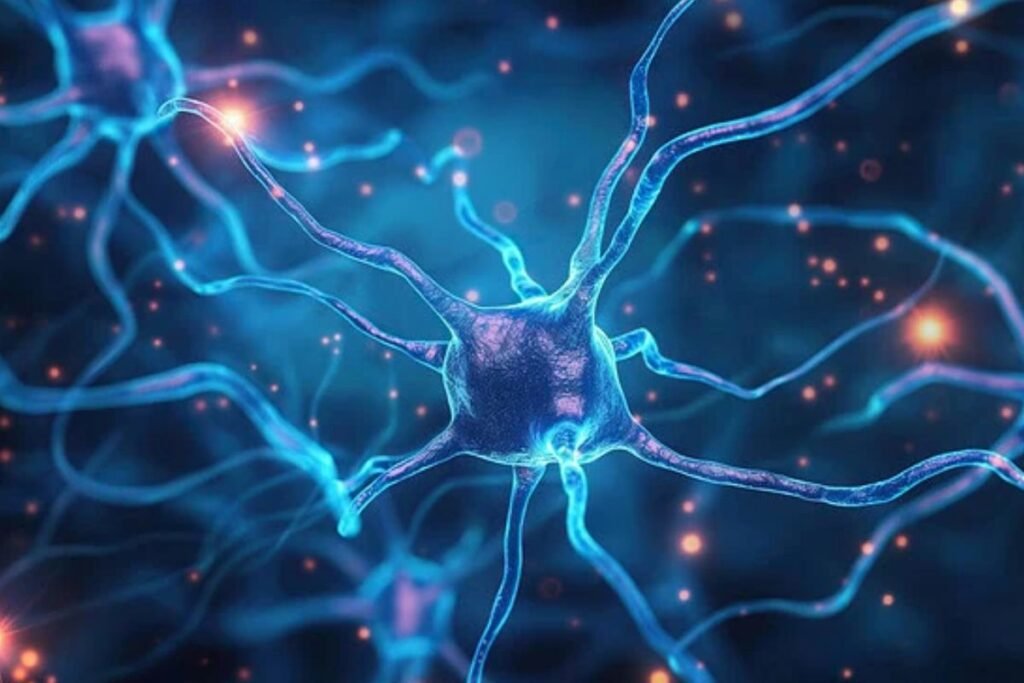Exploring Autism’s Impact on Brain Structure
Autism spectrum disorder (ASD) is widely recognized for its diverse effects on motor, social, and cognitive development. Though its symptoms vary significantly, researchers continue to seek commonalities in the neuron density makeup of those with ASD to better understand its underlying causes. Recent advancements at the University of Rochester have yielded insights into ASD’s impact on brain structure, particularly the organization and density of neurons in various regions.
The research team, led by neuroscientists at the University of Rochester, used cutting-edge imaging techniques to analyze the brains of young people with ASD. Unlike previous studies that relied heavily on post-mortem data, this study used high-contrast MRI scans to create detailed brain maps for living children. According to lead researcher Zachary Christensen, these advancements have allowed researchers to explore more intricate aspects of brain structure, including neuron density and gray matter formation.
“We’ve spent many years describing the larger characteristics of brain regions, such as thickness, volume, and curvature,” said Christensen. “However, newer techniques in neuroimaging now allow us to delve into neuron density and structure throughout developmental stages, providing unprecedented insights.”
Mapping Neuron Density Differences in Key Brain Regions
The study examined MRI data from 142 children diagnosed with autism, comparing them to a control group of 8,971 non-autistic children. These participants were first scanned around age 9 or 10, with follow-up scans taken a few years later. By mapping the differences in neuron density, researchers found that children with autism showed distinct structural patterns in brain regions tied to learning, reasoning, and memory.
One significant finding was the reduced neuron density in parts of the cerebral cortex, which is responsible for higher cognitive functions such as problem-solving and memory retention. In contrast, regions like the amygdala, which is associated with emotional processing, showed higher-than-normal neuron density in children with autism. These findings suggest that the unique structural differences could correlate with the behavioral traits and cognitive challenges often observed in autistic individuals.
When researchers compared these patterns to other conditions, such as ADHD and anxiety, the neuron density deviations appeared to be specific to autism, adding a level of precision to these findings. While more research is needed to interpret what these differences mean functionally, the study marks an essential step toward understanding autism’s impact on brain structure.
New Paths for Early Intervention and Longitudinal Tracking
The insights from this study could have significant implications for early intervention strategies. As Christensen explained, “If characterizing unique deviations in neuron structure in those with autism can be done reliably and with relative ease, it opens opportunities to track autism development and offer targeted therapeutic support.” By monitoring neuron structure changes over time, clinicians could potentially personalize treatments based on specific brain patterns identified in children with autism.
Moreover, the study underscores the transformative potential of high-resolution, non-invasive MRI in autism research. Neuroscientist John Foxe, also from the University of Rochester, emphasized the value of following autistic children longitudinally: “It is truly transforming what we know about brain development as we follow this group of children from childhood into early adulthood.”
The findings offer a promising avenue for future research, aiming to deepen our understanding of how autism uniquely shapes brain structure.









